Ever stood by your window on a cold day and felt the chill creep in? Or maybe you’ve noticed your furniture’s colors aren’t as vibrant as they used to be. These are telltale signs that it’s time for a window upgrade.
Picture a glass that amps up your home’s coziness, keeps your furnishings looking fresh, and even helps shrink those energy bills. That’s what low-E glass brings to the table. It’s a step up in the window world, transforming your home into a more comfortable, efficient, and protected space.
Ready for more than just a window with a view?
The Basics of Low-E Glass: A Simple Explanation
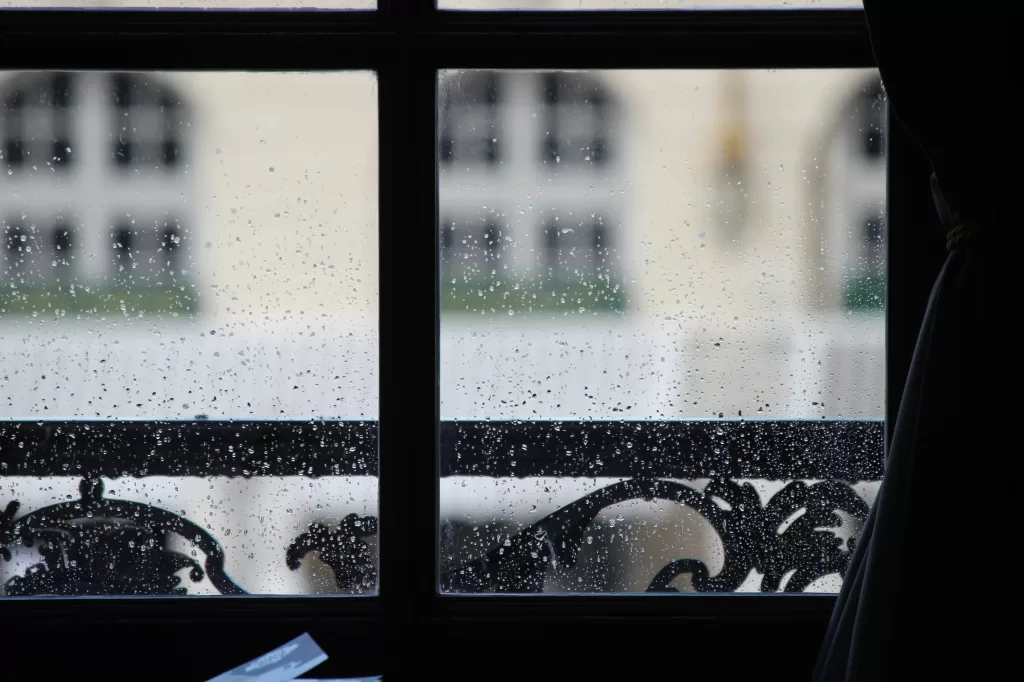
Heard about low-E glass? It’s a neat advancement in windows that’s all about making your home more energy-efficient and comfy.
This glass is designed to keep out those infrared and UV rays that can heat up your home or fade your furniture, while still letting in all the lovely natural light.
It reflects your home’s heat back inside when it’s cold out, and keeps the summer heat at bay when it’s warm. This smart feature helps keep your indoor temperature right, reducing the need for extra heating or cooling.
The best part? It can help cut down energy bills. So, it’s not good for your home, but also for your wallet!
And ultimately, this type of glass also helps with our fight against climate change.
The Science Behind Low-E Glass: How It Works
Low-E glass is a bit of a marvel in the world of home design, and it all comes down to some clever science. The ‘E’ in low-E stands for emissivity, which is basically how well a material can radiate energy.
Regular glass isn’t too picky. It lets heat just wander in and out.
But low-E glass? It has a thin coating made of metallic oxides, like silver. This isn’t any coating; it’s a smart filter for your home. It’s designed to be selective about what it lets through your window.
The coating keeps long-wave heat energy (the warm stuff from your heater or the sun’s invisible infrared light) on the side where it belongs. During winter, it reflects your home’s heat back inside, and in summer, it bounces the sun’s heat away. This selective filtering is what makes low-E glass a game-changer for keeping your home comfortable and energy-efficient.
Coating Types and Their Functions
Low-E glass isn’t one-size-fits-all. It actually comes with two types of coatings: passive and solar control. And picking the right one depends on your local climate.
For the colder spots, passive low-E coatings are the way to go. They’re sun magnets, pulling in short-wave sunlight to warm up your home while keeping the cozy heat from your heater from escaping. It’s perfect if you love a bit of natural solar warmth in your home during those chilly months.
If you’re in a warmer region, though, solar control coatings are your best bet. They block that intense short-wave solar radiation to keep things nice and chill inside. This means you won’t have to rely so much on your air conditioner, which is always a good thing.
The Physics of Heat and Light Transfer
Low-E glass is all about getting smart with how heat and light move around. Heat can travel in three ways:
- Conduction
- Convection
- Radiation
Low-E glass is great at handling that last one, radiative transfer. That means that your indoor spaces stay more consistent, less affected by whatever’s happening outside.
But that’s not all. Low-E glass is also a master at juggling light. It blocks a good chunk of UV and infrared light. This type of light can fade your sofas and crank up the indoor heat.
While it blocks harmful rays, it still lets in most of the visible light stream. So, you get your dose of natural sunlight without fading and overheating.
This type of glass is where science meets comfort. It’s a sophisticated, yet straightforward way to boost your home’s efficiency and protect your interiors from the sun’s harsher sides.
Advancements in Low-E Technology: From Past to Present
Low-E glass technology isn’t new, but the way it’s evolved? That’s a story worth telling.
It started as a quest for more energy-efficient materials in building. The early days of low-E glass saw thicker coatings that were good at keeping heat in but weren’t great for clarity or color.
Then came the game-changer: thin-film coatings. Applied with high-tech methods like sputtering (think vaporizing metallic particles), these coatings revolutionized low-E glass.
They improved thermal performance without sacrificing the glass’s natural look and feel. This meant clearer, color-accurate windows with all the energy-saving benefits.
The next big leap? Dual-pane low-E windows. By sandwiching a layer of insulating gas, like argon or krypton, between two low-E coated panes, these windows upped the ante in insulation.
Fast forward to today, and low-E glass isn’t just about keeping your home cozy. It’s become:
- More durable
- More adaptable
- Smarter
We’re seeing low-E glass paired with cutting-edge tech, from solar energy and harvesting photovoltaic cells to automated shading systems.
And the future? It’s looking bright with research focused on ‘smart’ low-E glass. Imagine windows that adjust themselves based on the weather, time of day, or season, optimizing energy efficiency and comfort on the fly.
Benefits of Low-E Glass
Low-E glass isn’t a pretty face in the world of modern home improvements. It’s packed with benefits that go way beyond looking good.
Enhanced Energy Efficiency: The Core Advantage
The standout feature of low-E glass? Its power enhances your home’s energy efficiency. This smart temperature regulation means less strain on your heating and cooling systems, translating to savings on your energy bills.
Protection from UV Rays: Preserving Interiors
We all adore that sun-drenched vibe in our homes, but too much sun can take a toll on your fabrics, art, and floors. Enter low-E glass. It acts as a sunscreen for your home, blocking most of those fading-causing UV rays.
With low-E glass, you get the best of both worlds: basking in natural light while keeping your interiors vibrant and protected.
Acoustic Benefits: Noise Reduction Qualities
And here’s something you might not know: low-E glass is also a sound barrier. If you’re near a bustling street or a noisy area, you’ll notice the difference.
Thanks to its special coatings and double-pane structure, low-E windows reduce outside noise, turning your home into a calm, serene haven
Low-E Glass in Different Climates

Low-E glass is a true all-rounder, catering to homes in every corner of the country, whether it’s the sun-drenched southwest or the frosty northeast. But the trick to reaping its full benefits? Picking the right type for your specific climate-and that’s where a bit of expert help can go a long way.
For those in colder areas, keeping your home cozy is key. Here, low-E glass steps up by reflecting your indoor heat back inside, reducing the need to crank up the thermostat. Plus, it’s designed to let in a bit of the sun’s warmth, tapping into that natural solar energy.
But if you’re basking in warmer climates, keeping cool is the goal. That’s where low-E glass with solar control coatings shines.
These special coatings reflect the sun’s heat and UV rays, helping your home stay chill without overburdening the AC. It’s a game-changer for those long, hot summers, cutting down solar heat gain and safeguarding your interiors from the sun’s glare.
And for those of you who experience the best (or worst) of both worlds: hot summers and cold winters? There’s a low-E glass just for you. It’s designed to balance heat retention when it’s cold and reduce solar heat when it’s hot, giving you comfort all year round.
Choosing the right low-E glass for your area might seem daunting, but with some professional guidance, it’s a breeze. An expert can steer you towards the optimal low-E glass choices for your home, ensuring you enjoy the benefits, no matter your weather.
Comparisons With Traditional Glass
When you stack low-E glass against traditional glass, the differences and benefits are pretty clear. Do we even dare say “as clear as glass?”
Traditional glass is pretty much your standard window fare. It’s simple, without any fancy coatings, but that simplicity comes at a cost: more heat escaping in winter and creeping in during summer.
The result? Higher energy bills and a less cozy home.
Thanks to its reflective coating, the alternative is a champion of energy efficiency. It tackles those heat loss and gain issues head-on, keeping your indoor climate more comfortable and your energy costs down.
And when it comes to UV protection, low-E glass really steps up. It shields your interior from the sun’s damaging rays, something standard glass can’t match.
But it’s not about temperature and sun protection. It also takes the lead in noise reduction, giving you a quieter, more serene living space.
Elevate Your Home With the Clear Choice of Low-E Glass
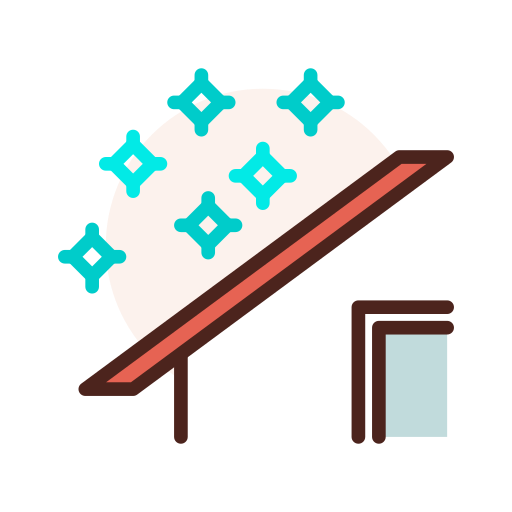
Compare Quotes from Top-rated Window contractors in your area.
Considering an upgrade to low-E glass? You’re investing in your home’s comfort, efficiency, and protection.
Alpha Living is here to make your journey smooth and straightforward. We can connect you with experienced local contractors who understand your home’s specific needs.
Just enter your zip code here to get started!

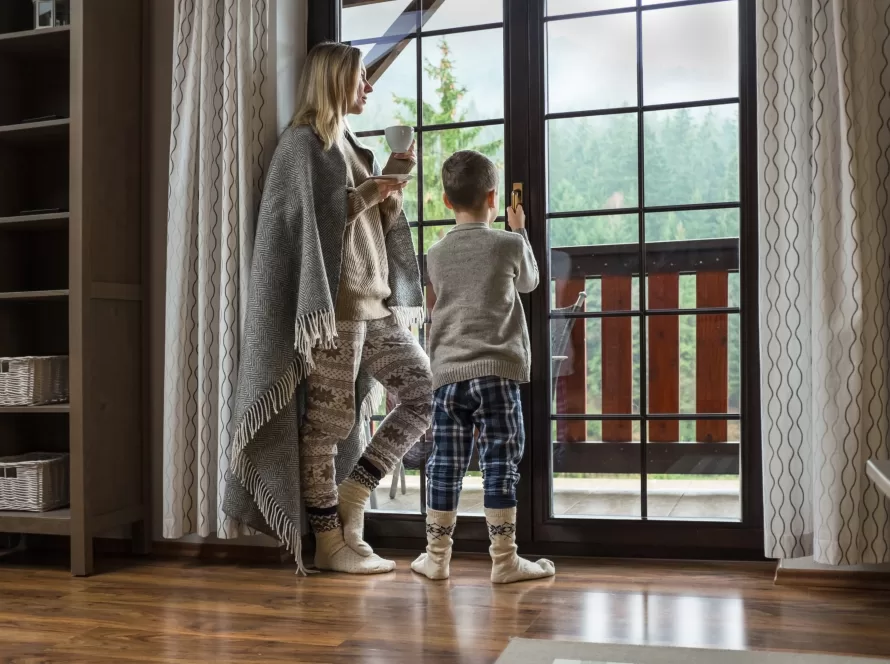
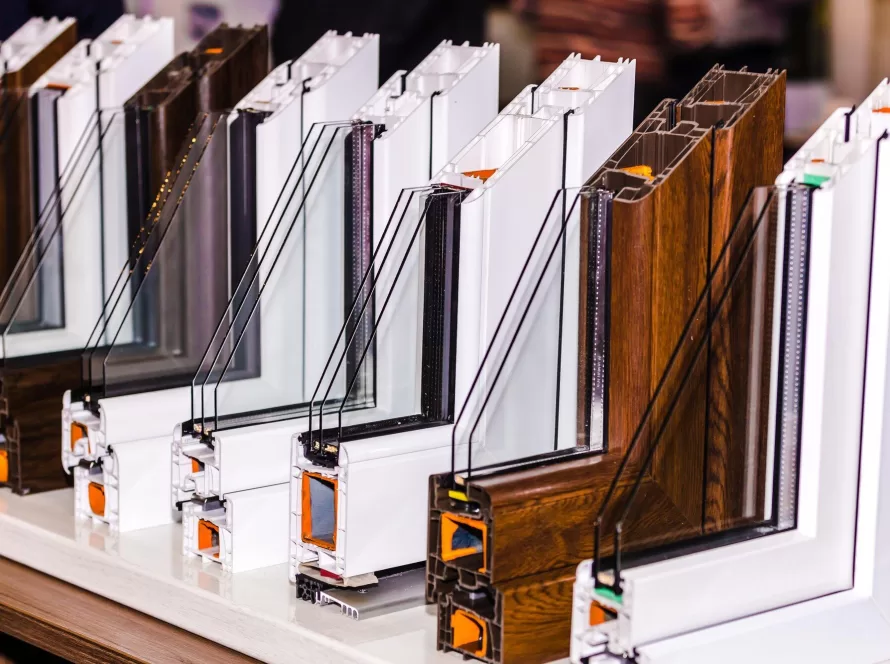
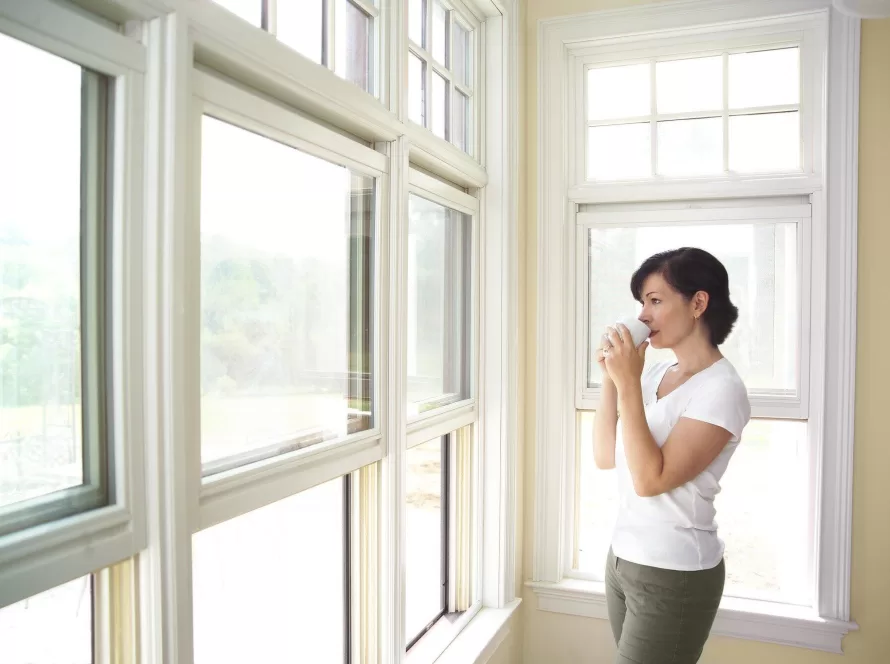
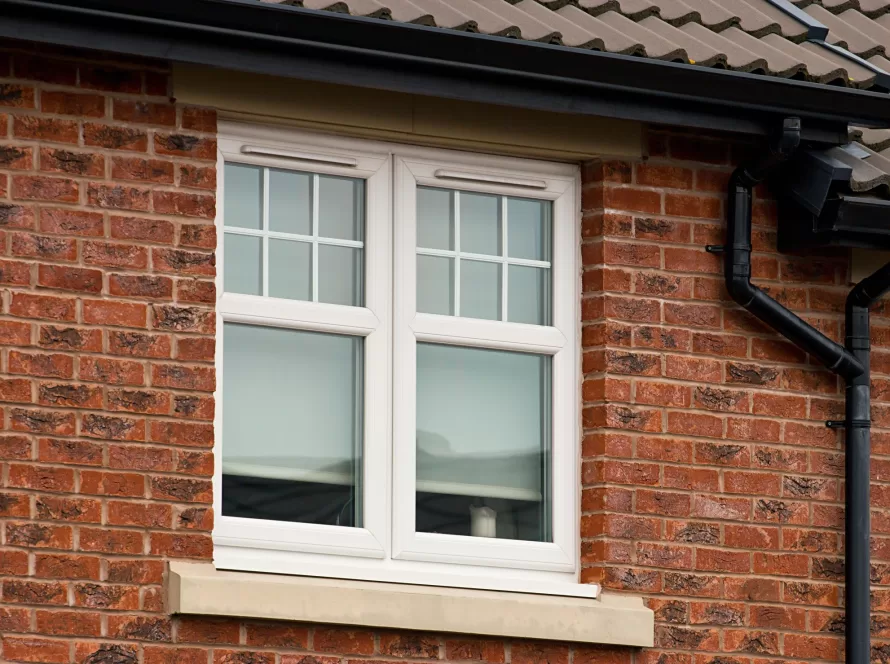
Facebook
Comments